Wall Street Journal writer Christopher Mims offers a timely look at how the vast and complex supply chain functions. Mims traces the journey of a hypothetical USB charger from a Vietnamese factory to an American customer’s doorstep, describing transportation infrastructure, workers, automation and management philosophies that make fast delivery possible. He also explains how the COVID-19 pandemic boosted Amazon’s dominance of e-commerce and its influence on shaping the supply chain of the future.
The global supply chain is staggeringly complex.
A product’s journey from factory loading dock to a consumer’s doorstep involves a worldwide network of manufacturing hubs, seaports, ships, railroads, trucks and people. The system depends on myriad advanced technologies, including computers, robots and artificial intelligence (AI), and may eventually incorporate self-driving trucks.
Almost every product today represents a synthesis of international resources and labor. A famous example is the cod sold in grocery stores in Scotland. Scottish fishing boats catch the cod off their own coast, processors send the cod to China for filleting and the Chinese send it back to Scotland for consumption.
The standardized 40-foot shipping container is a pillar of the global economy.
The concept of batching individual items together for shipping in one container evolved during the Vietnam War. The United States military needed to ship an unprecedented amount of supplies, but conventional “break-bulk shipping” required manually loading and unloading thousands of tons of gear. The shipping container eliminated this problem, ...
Christopher Mims writes the “Keywords” technology column for The Wall Street Journal. He has written for Quartz, MIT Technology Review, Smithsonian, Wired, The Atlantic and Scientific American.









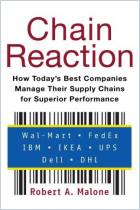
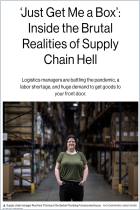

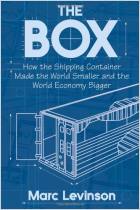
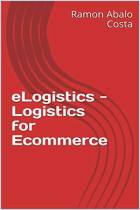
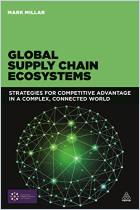

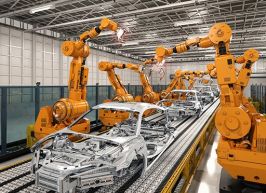

Comment on this summary or 开始讨论